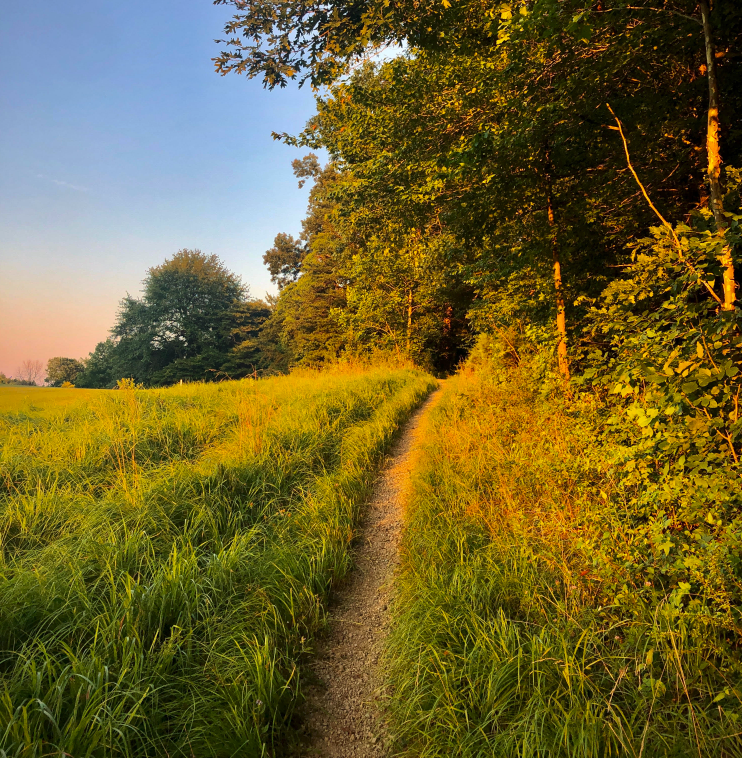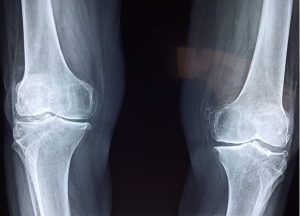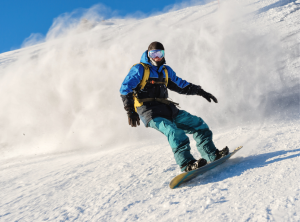
Running is a wonderful physical activity that may also be one of the simplest for people to enjoy. All you need are some sneakers and comfortable clothing and off you go. Not only can running help you maintain a desirable weight, but it is also a great way to make your muscles stronger, to build strong bones, and increase your overall cardiovascular well-being.
According to 2020 estimates from the Sports & Fitness Industry Association, approximately 15% of the U.S. population participates in some type of jogging or running activity on a regular basis. It is likely that the COVID-19 pandemic has only increased this behavior, in part because many people had limited access to gyms, or chose to avoid more crowded indoor fitness venues.
If you trying to get back into running after an extended period on the sidelines, there are some helpful tips to consider. Whether you have been sidelined by an injury that has made it painful or impossible to run, or you’re just trying to increase your physical activity after being sedentary for a while, there are some important things to consider if you are getting back to running after having not done it for a while.
Follow along for some helpful info as you begin to implement a new running routine.
10 Tips To Make Your New Running Routine Easier
1. Be realistic.
Many people remember how easy running was when they were kids, teens and even young adults. It is important for you to be realistic about your fitness level and body as you start any new exercise routine including running. While you can certainly aim to realize great success at every life stage, setting realistic expectations will make the journey much more enjoyable.
2. Take time to stretch before and after you run.
Establishing a stretching routine before and after you run is advisable, regardless of your age and abilities. While people’s bodies tend to vary in terms of flexibility and typical pain points, it is important for you to figure out a good stretching routine that works for your needs. Not only will stretching help to reduce your risk of injury, but it will also help to reduce the muscle soreness you will likely experience, especially in the beginning of your new running routine.
3. Listen to your body.
When it comes to running, and most physical activity for that matter, the old saying “no pain, no gain” is not a great thing to follow. It is very important that you tune into your body and that you pay attention to just minor tweaks, aches and pains. If you listen and act accordingly, you will greatly reduce the risk of a more serious injury that keeps you from being able to continue your running plan.
4. Set some realistic goals.
Having goals for your running routine can help you see the progress you are making, even in small increments. Whether you jump in with both feet and sign up for a local road race, or simply have a set distance you want to work up to, mapping out a plan with some actionable steps towards achieving set goals is a great way to help yourself stay motivated and focused on the bigger picture of your effort.
5. Consider an approach that involves both running and walking.
If you were a one-time runner trying to ease back into the activity after time off, you may look at walking as something lessor than running. The fact is, walking has just as many health benefits and is often much easier on your muscles and joints. If you are easing back into a running routine after time off, incorporating a walk and run approach is often more comfortable and sustainable, especially in the first few weeks.
6. Make sure to get the right footwear.
While there are hundreds of different sneaker options to consider, it is essential that you choose some supportive high-quality footwear as you get back into a running routine. Going to a store that specializes in running is helpful for some people who may benefit from a gait analysis and other experienced advice, based on unique preferences, body builds, injury history, dynamics with your feet, etc.
7. Hydrate more than “normal.”
Many times when people start running again, especially in colder weather, they forget to drink more fluids to make up for all that they are losing during physical activity. Even though you may not feel like you are sweating in the colder months, you most definitely are, so making hydration (especially water) a top priority is very important.
8. Time your meals to avoid cramps and stitches.
If you have ever had a bad cramp during a run you know why this topic is an important one to discuss. Many times people experience stomach aches while running from undigested food sitting in their stomachs. Try to think strategically about what you eat and when you eat it. While there isn’t one perfect approach or food that fits for every person, learning what works well for you is essential. Many runners like to run early in the day before they have eaten to try to avoid the likelihood of some type of food-related cramping. Yet others have to eat something before running, regardless of the time of day, just to have adequate energy to power through. Experiment with some different options and figure out what works best for you.
9. Consider keeping a journal.
As with many physical activities, some days you’ll feel better than others and you won’t be sure why. If you keep a running journal to document distance, pace, food/diet, your course, etc. it will help you better identify patterns in your running. You may be able to see if there are certain times of day or weeks of the month when your running seems easier or harder. You may also gain insight into which foods make you feel best before your activity.
10. Diversify your routine.
Even if you are very focused on establishing a new running routine, it is very important that you also incorporate other physical activities to make the running more enjoyable. This includes some activities that help to strengthen your arms and core, for example. Depending on your age and overall health, it may also include more low impact activities including cycling and swimming, where you can still get plenty of cardio benefits without the same amount of stress on your body. Many people who have been successful running over the life course note that days off can be as important as days on. Keep the big picture in mind and don’t let your enthusiasm to get back to running lead you to an overuse injury.
If you are currently sidelined by an injury and are unable to participate in the activities that you enjoy, seek out qualified medical help. For those in the Louisville, Kentucky-region, Dr. Stacie Grossfeld is here to serve you. Dr. Grossfeld has decades of experience as a double board certified sports medicine physician and orthopedic surgeon. Perhaps even more importantly, Dr. Grossfeld is an athlete and is passionate about sports. She understands the frustration that can come from injuries, and she works with athletes to help get them back on the road to recovery as quickly and successfully as possible. For more information or to schedule an appointment with Dr. Grossfeld, call 502-212-2663 today. New patients are welcome, and we accept almost every type of insurance.
















Recent Comments